Many people think of tether as a tool for crypto investors to enable liquidity to trade on cryptocurrency for another. One might wonder why the market cap for such a tool is 10% of the market cap of bitcoin. Why are investors holding $100 B of this instrument for exchanging non-stablecoins?
The answer is that Tether's primary purpose is not as a cryptotrading tool, but as USD liquidity for countries with less stable currency. Notably there is a huge demand for Tether in Brazil, where the average inflation rate is 3x higher than in the USA. What Tether provides is essentially USD liquidity in a country that would rather transact in USD than Brazilean reals.
Tether is basically acting like a branch of the Federal reserve at this point. They accept BRL, print "dollars", then use the BRL to buy treasuries which collect interest. There is a large demand for dollars in countries like Brazil and Tether is providing that service.
Tether started by primarily using their holdings to invest in risky commercial paper, but has transitioned over the last couple years to primarily holding US treasuries which are much safer. Treasury Bill returns have increased from .25 to 5% over the last couple years because of interest rate hikes from the Fed. Treasury bills are sold in auctions every week with a limited offering, generally in the 100s of billions, of which each primary dealer is only allowed to purchase a maximum of 35% of the offering.
It's worth noting that many small countries like ecuador and zimbobwe actually use USD as an official currency. Brazil's president Luiz Inácio Lula da Silva is trying to end foreign dependence on the dollar. There is an initiative between Brazil, Russia, India, China, and South Africa called the "BRICS" bloc to push a united currency in order to challenge the US's economic power and USD dependence by foreign economies. This is the backdrop in which Tether is gaining popularity in Brazil.
In conclusion, the growth of Tether represents strength of the US dollar relative to other world fiat currencies. The business model of Tether currently is to buy Treasury bills and collect interest. Tether currently relies on converting weak foreign currencies into safe investments. If safe investments become unavailable, aka interest rates come back down or the Fed decreases the amount of Treasuries they offer, then Tether is going to need to shift to a new business model.
EDIT: wanted to add that in its current form Tether is extremely reliant on buying Treasuries because they need to convert their reserves of foreign currency into something that keeps up with the dollar. They were buying treasuries even when the returns were practically nothing. That's because they can't hold Brazilian real in their reserves and then pay back their customers in equivalent dollar value of Tether if their reserves are inflating faster than actual dollars. They have to invest almost all of their reserves or else their reserves fall behind the dollar and fail.
[link] [comments]

You can get bonuses upto $100 FREE BONUS when you:
💰 Install these recommended apps:
💲 SocialGood - 100% Crypto Back on Everyday Shopping
💲 xPortal - The DeFi For The Next Billion
💲 CryptoTab Browser - Lightweight, fast, and ready to mine!
💰 Register on these recommended exchanges:
🟡 Binance🟡 Bitfinex🟡 Bitmart🟡 Bittrex🟡 Bitget
🟡 CoinEx🟡 Crypto.com🟡 Gate.io🟡 Huobi🟡 Kucoin.
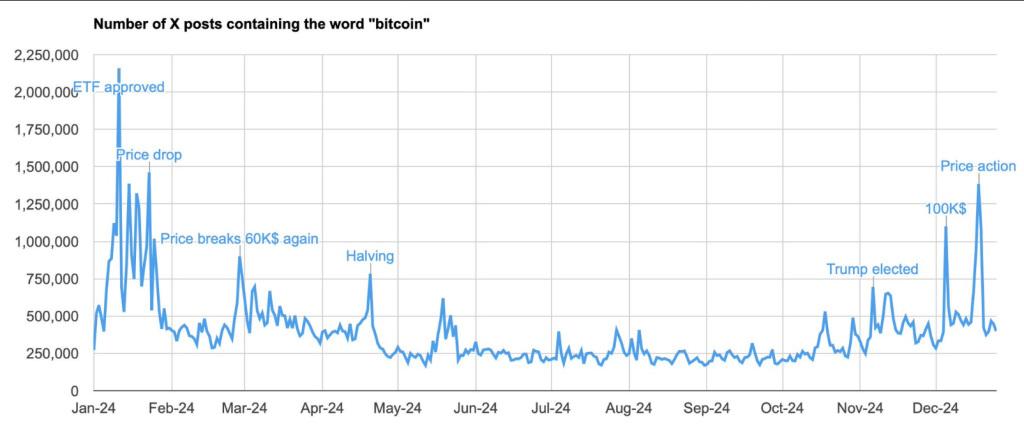

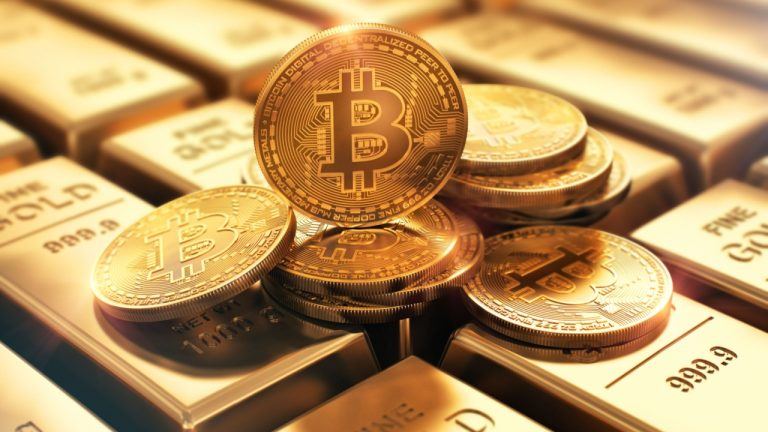
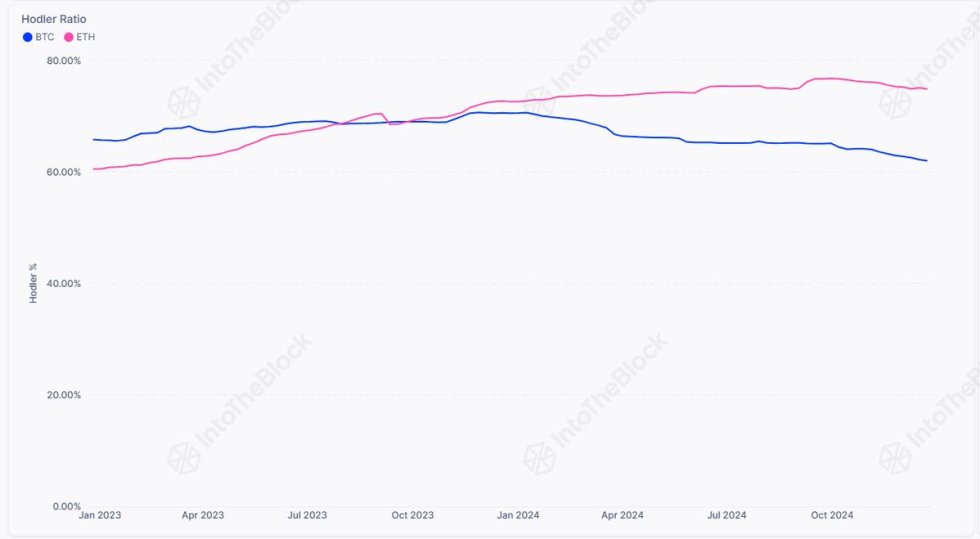


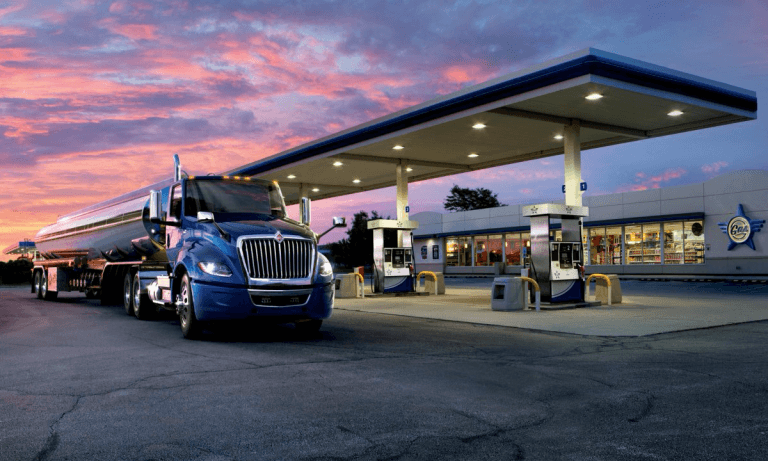



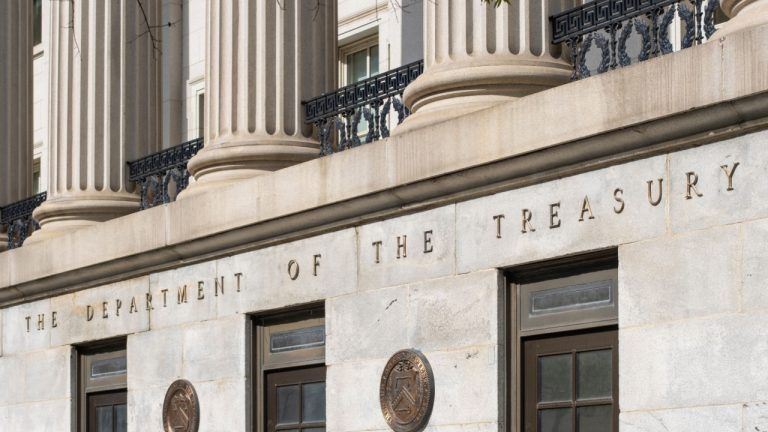


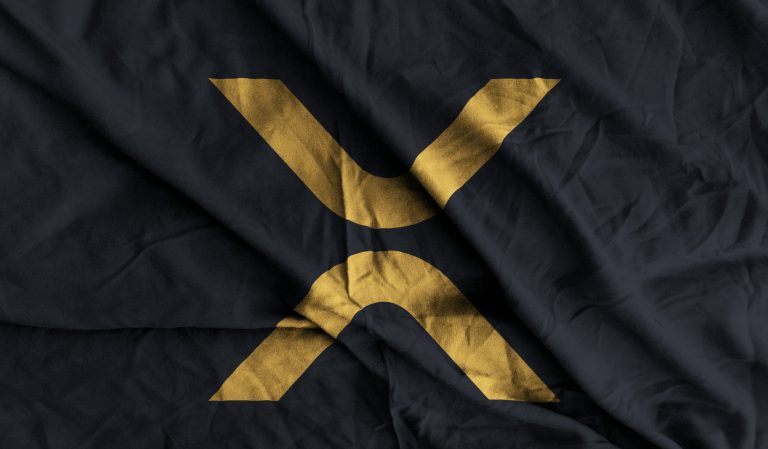
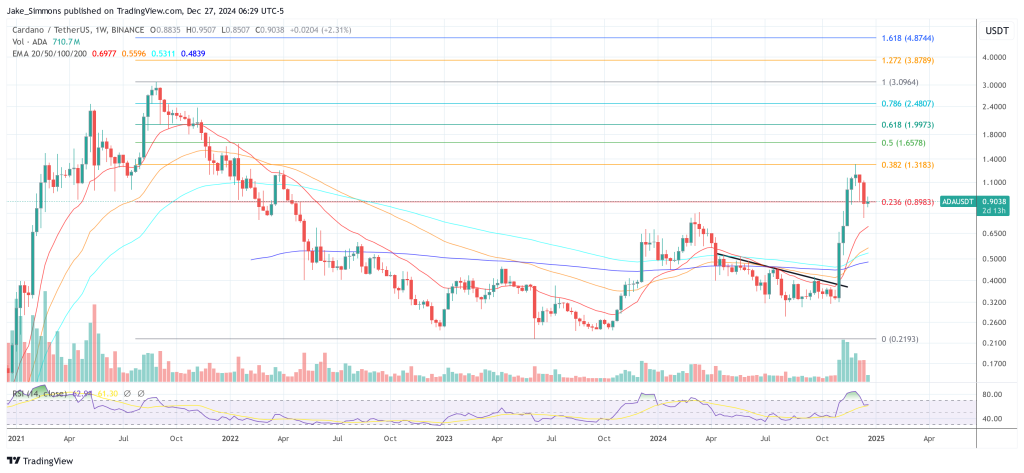


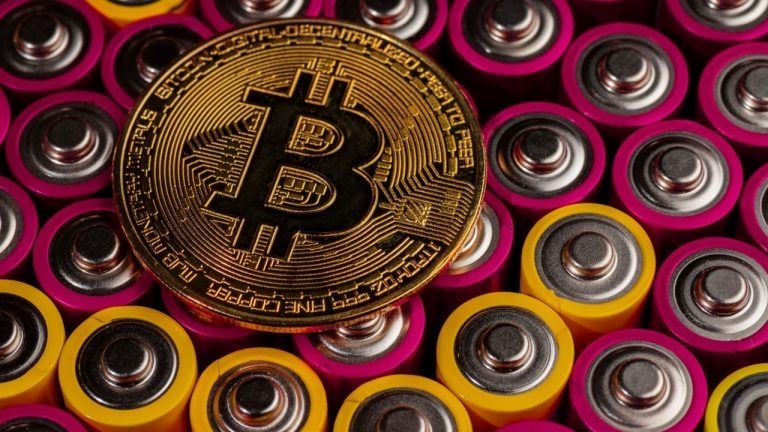


Comments